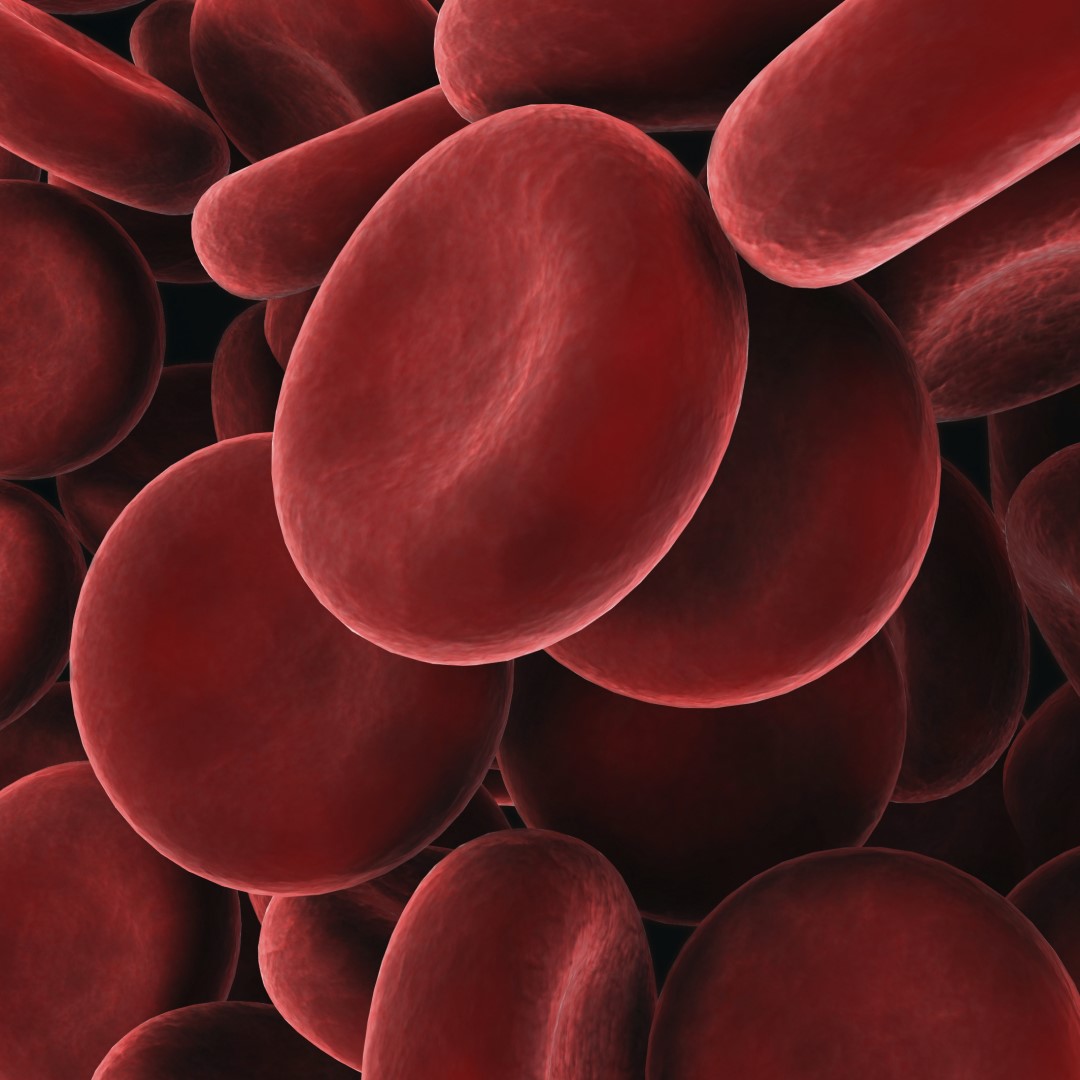
New lab-grown human embryo model produces blood cells
On Oct. 13, 2025, University of Cambridge scientists announced they have used human stem cells to create three-dimensional embryo-like structures that replicate certain aspects of very early human development – including the production of blood stem cells.
Human blood stem cells, also known as hematopoietic stem cells, are immature cells that can develop into any type of blood cell, including red blood cells that carry oxygen and various types of white blood cells crucial to the immune system.
The embryo-like structures, which the scientists have named ‘hematoids’, are self-organising and start producing blood after around two weeks of development in the lab – mimicking the development process in human embryos.
The structures differ from real human embryos in many ways, and cannot develop into them because they lack several embryonic tissues, as well as the supporting yolk sac and placenta needed for further development.
Hematoids hold exciting potential for a better understanding of blood formation during early human development, simulating blood disorders like leukaemia, and for producing long-lasting blood stem cells for transplants.
The human stem cells used to derive hematoids can be created from any cell in the body. This means the approach also holds great potential for personalised medicine in the future, by allowing the production of blood that is fully compatible with a patient’s own body.
Although other methods exist for generating human blood stem cells in the laboratory, these require a cocktail of extra proteins to support the stem cells’ growth and development. The new method mimics the natural developmental process, based on a self-organising human embryo-like model, where the cells’ intrinsic support environment drives the formation of blood cells and beating heart cells within the same system. The findings are published in the journal Cell Reports
Tags:
Source: University of Cambridge
Credit:
